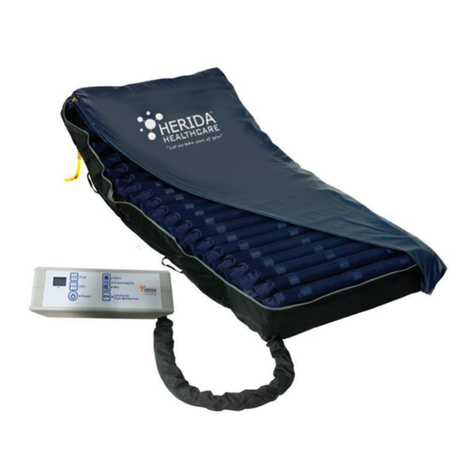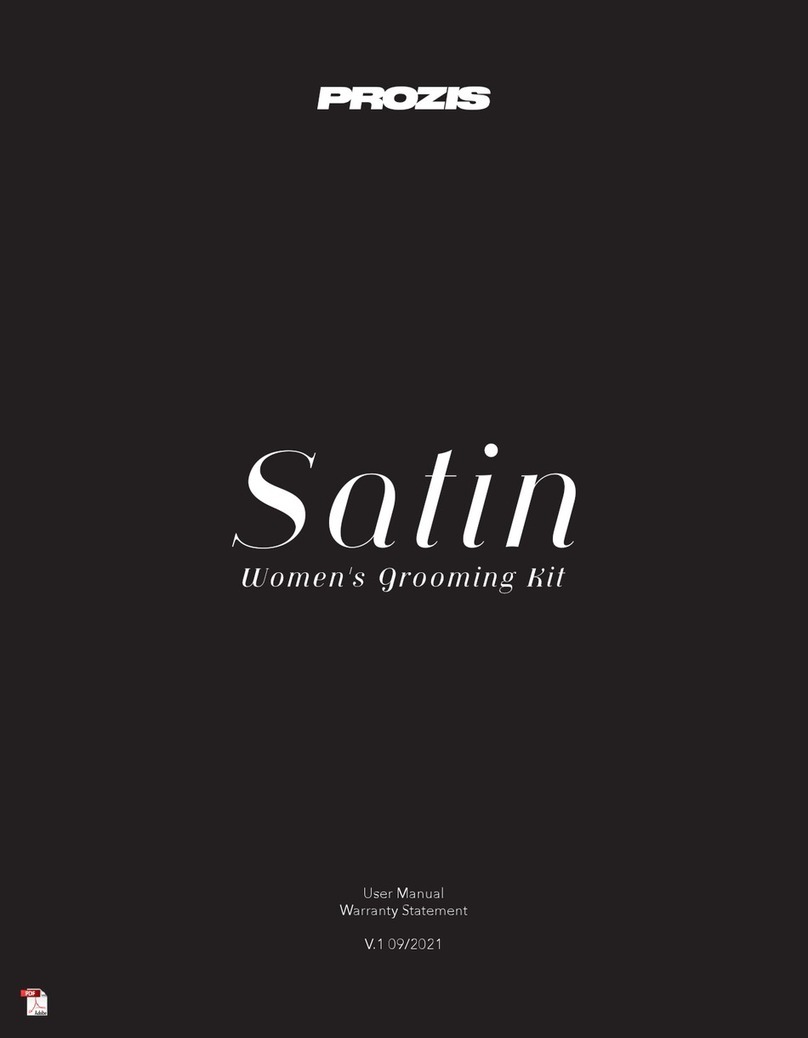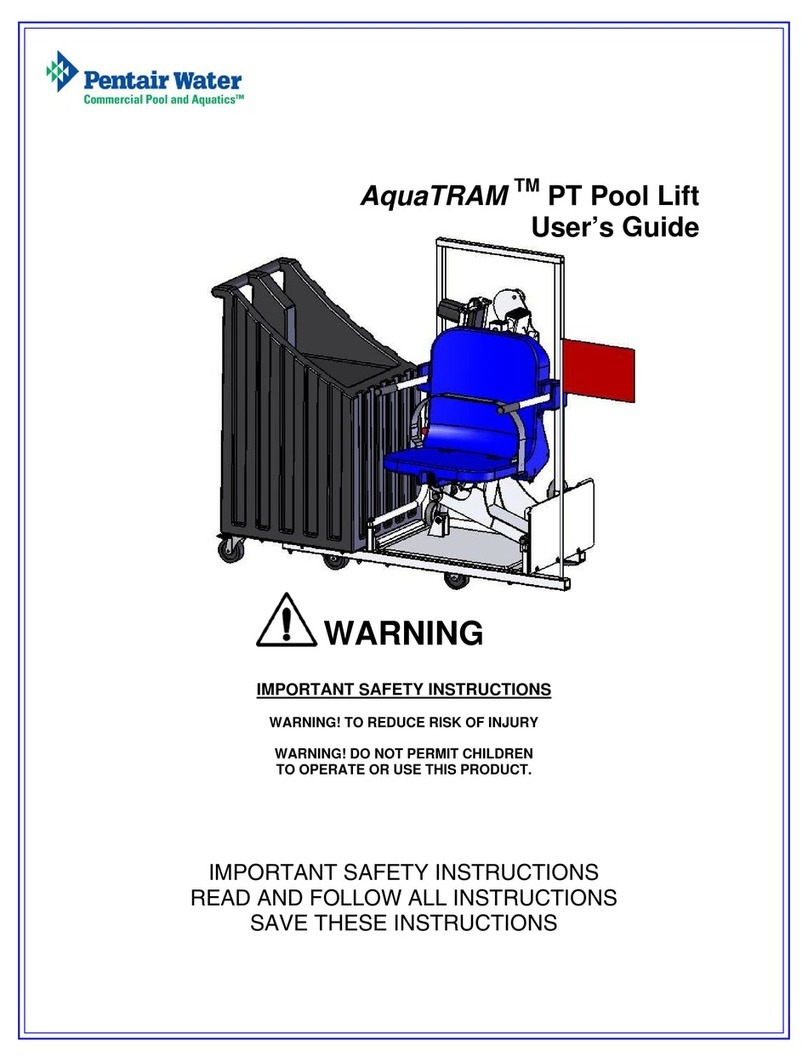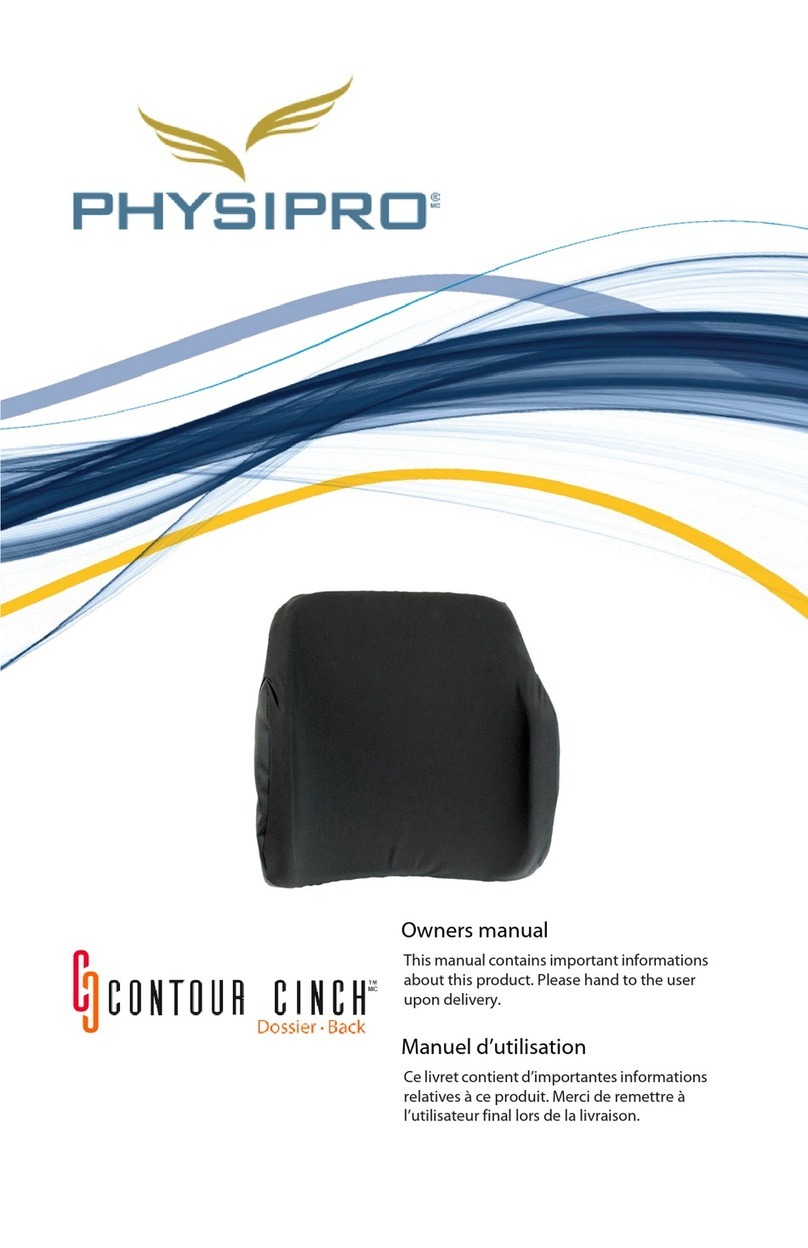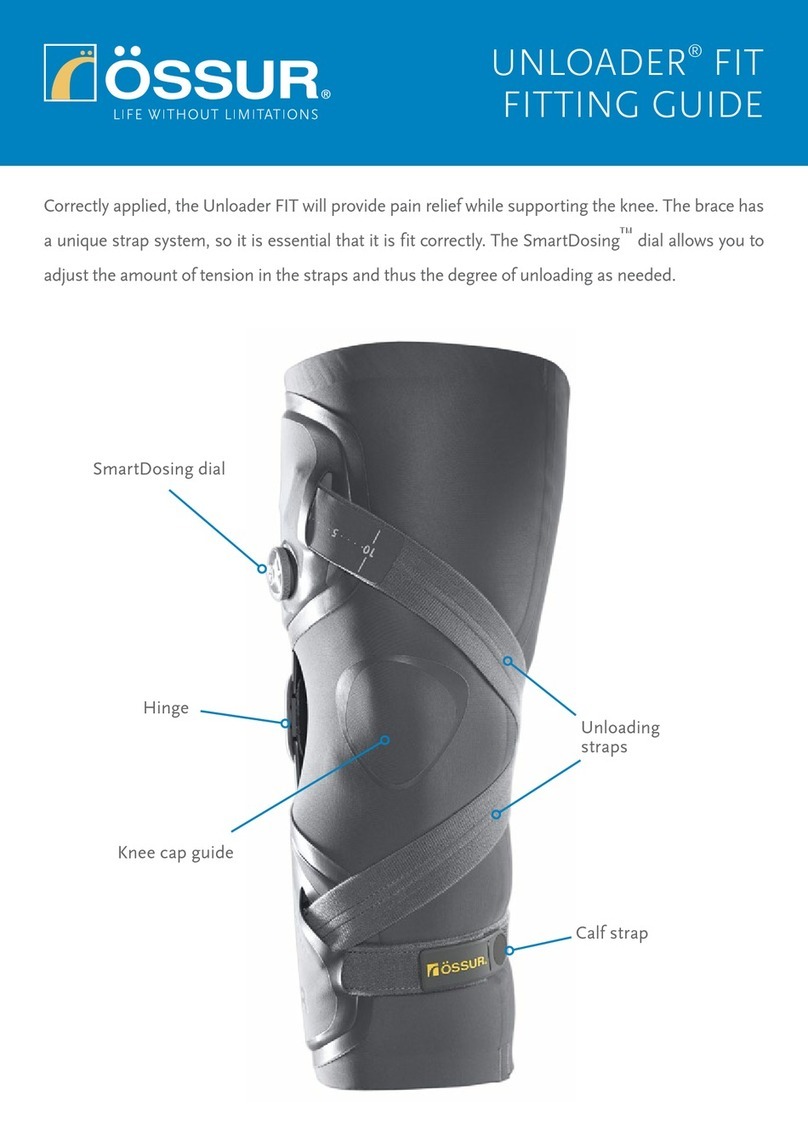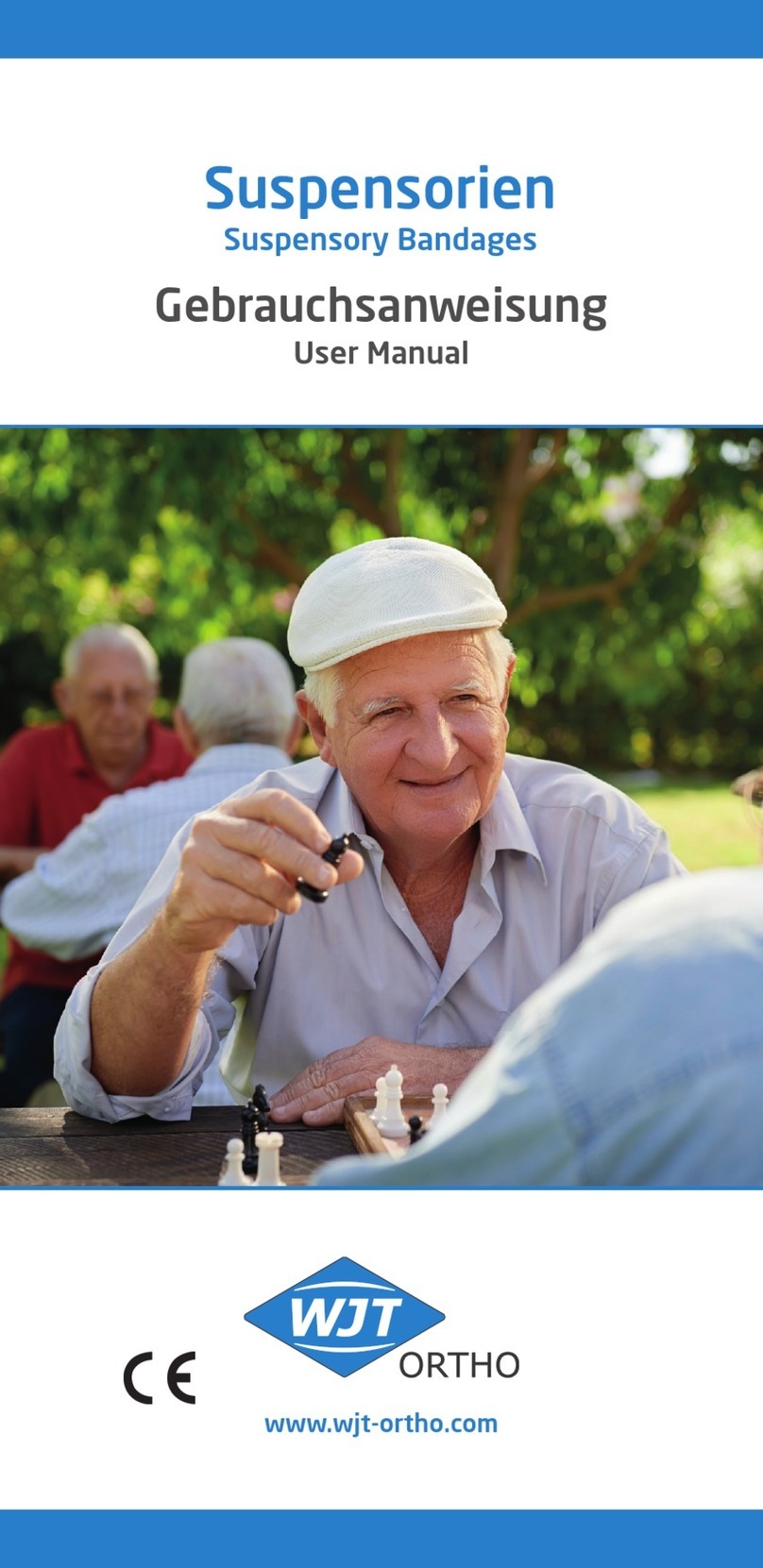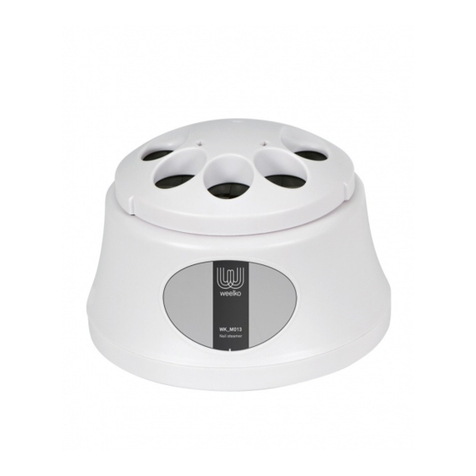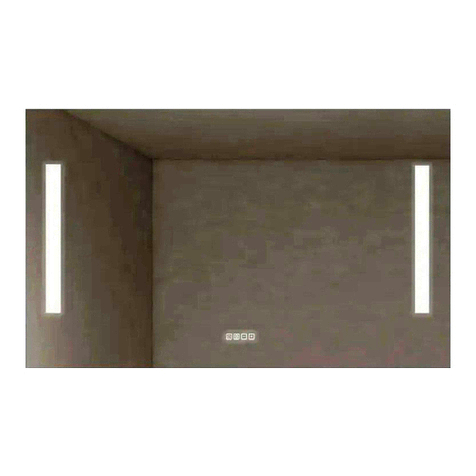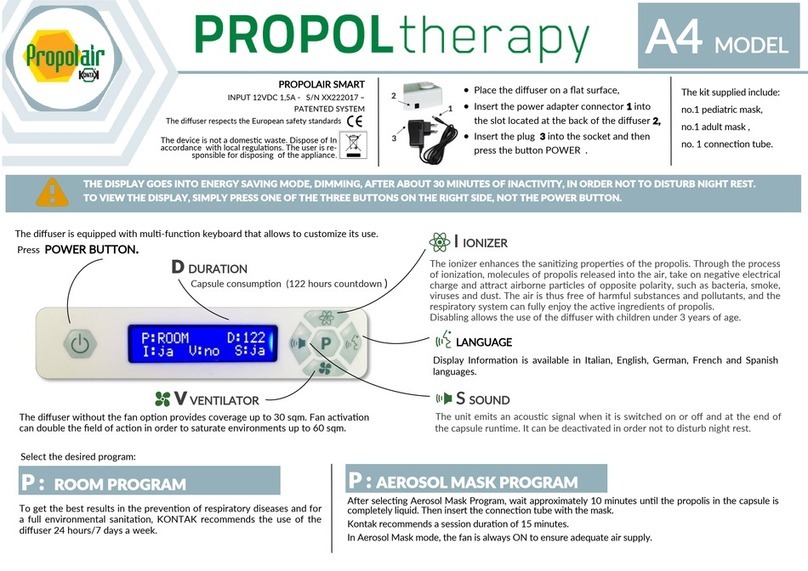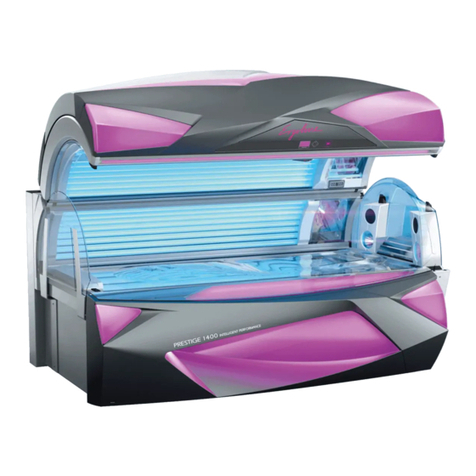Herida Healthcare Wiltshire II User manual

1 | P a g e JANUARY 2020
Wiltshire II™
NB: Please ensure this document is fully read & understood
by the Clinician / Carer / Service Engineer prior to use.
Instruction Guide & User Manual
Pressure Relieving / Alternating Air Cushion & Pump
Pump Model: HH/P08 Cushion Model: HH/C02

2 | P a g e JANUARY 2020
Wiltshire II™

3 | P a g e JANUARY 2020
Wiltshire II™
CONTENTS
SAFETY………………………………………………………4
INTRODUCTION………………………………………….…5
Product Description
Application
Contra-Indications
Working Principle
Important Clinical Notes
OPERATION………………………..………………………..6
Static Mode
Alternating Mode
Installation
Safety Instructions
Pump Operation
Cushion & Pump Characteristics
MAINTENANCE……………………………………………..9
Cleaning
Maintenance & Repair
Storage
Transportation
Other Considerations
Parts & Accessories
ROUTINE CHECKS………………………….……………..12
Mattress
P08 Pump
WARNINGS & SYMBOLS………………………………....13
TROUBLE SHOOTING……………………………………..14
COMPANY INFORMATION…………………………….….15

4 | P a g e JANUARY 2020
Wiltshire II™
SAFETY
Before you connect the system pump to a mains socket, read carefully all the installation
instructions.
This system has been designed to comply with regulatory safety standards
including:
•EN 60601-1 / Class I Medical Device
For your own safety and the safety of the equipment always take the following
precautions:
•Keep the pump away from sources of liquids.
•Do not expose the system, especially the mattress, to naked flames, such as cigarettes etc.
•Do not store the system in direct sunlight.
•Do not use phenolic based cleaning solutions.
•Keep sharp objects away from the mattress.
•Ensure that the system is clean and dry prior to storage.
•Store the pump and mattress in the protective bags supplied.
•We recommend the use of cot sides on the bed while the system is in use and the patient is
positioned on top. Local policies regarding the use of cot sides should be taken into
account.
•Keep these instructions handy for reference.
WARNING
Electrical equipment may be hazardous if misused or damaged. Ensure the power is
isolated to the system before any repairs or maintenance is carried out & these should only
be carried out by suitably trained & authorised personnel.
For further advice please call Herida Healthcare on Freephone 0800 193 6030.

5 | P a g e JANUARY 2020
Wiltshire II™
INTRODUCTION
Product Description
The Herida Wiltshire II is our second generation cushion used in the prevention and treatment of
pressure ulcers for patients in all categories of risk. It provides comfort and support by maintaining
a good level of blood flow around the body whilst seated.
This cushion contains a unique horizontal cell design that alternately inflate & deflate in a cyclical
pattern. This type of cushion is ideal for patients who spend a proportion of their day in long term
care, using a chair & is used in conjunction with a dynamic mattress system, under the required
level of supervision.
Application
For patients who are classed as medium to high risk of developing pressure ulcers.
Contraindications
Patients with severe spinal injuries / fractures should not be using this product.
This product forms part of a holistic care package and should only be used by trained personnel.
For training or further advice contact Herida Healthcare on Freephone +44 800 193 6030.
Working Principle
The dynamic cushion system consists of a manual air pump and an alternating air cushion. The air
cushion has three distinct airway chambers:
1. Group A Chambers –Air tubes 1,3 & 5.
2. Group B Chambers –Air tubes 2 & 4.
A and B chambers alternate inflating and deflating by using the pump connected. This air
alternating, cushion system enhances the blood circulation to treat and prevent pressure ulcers,
when part of a holistic care package. Initialisation can take up to 10 minutes to achieve.
Important Clinical Notes
The manual (or where applicable digital pump) pressure setting is for clinical application purposes
and of course patient comfort. When the pump is set to the indicative patient weight (refer to
clinical notes), it is important to ensure that sufficient clearance of the patients sacral area if lifted
off the chair and the product is fully functioning. A way to ensure that the patient is fully clear of the
cells during cycle and after initialisation, is to place a hand under the deflated cell and feel from the
side of the chair. If you have clearance the setting (other than comfort is suitable). If the patient is
not clear of the chairs surface, then please increase the pressure settling gently and repeat the
process after five to ten minutes.

6 | P a g e JANUARY 2020
Wiltshire II™
OPERATION
(NB: use hand to check ensure appropriate clearance when profiled as below. Add more pressure
on the pump if required in order to achieve this. NB: Weight setting is a guide only and cell
pressure must also be taken into consideration for individual patients). Clinical judgement must
always overrule user guidance.
Static Mode
Alternating Mode
When started, both chambers A & B are initially inflated to full inflation. Group A chambers deflate
for 5 minutes followed by both A & B inflating for 1.5 minutes. This is followed by Group B
chambers deflating for 5 minutes. This is one complete cycle.
When the pump is adjusted to the static mode, air chambers A & B are both
fully inflated until full inflation is achieved.
When started, both chambers A & B are initially inflated to full inflation.
Group A chambers deflate for 5 minutes followed by both A & B inflating
for 1.5 minutes. This is followed by Group B chambers deflating for 5
minutes. This is one complete cycle.

7 | P a g e JANUARY 2020
Wiltshire II™
OPERATION
Installation
1. Remove all packaging & place the pump over the back of the chair on its hooks or on a flat
surface.
2. Ensure that there are no sharp or hard objects on the seat before unfolding the cushion &
laying out flat. The air inlet should be located at the rear of the seat.
3. Connect the pump to the socket & switch on.
4. Adjust the mode & pressure by the users condition & weight to suit.
5. In order for the alarm to activate, the system must be switched on & powered up for at least
5 minutes. This should give the internal battery on the PCB sufficient time to charge.
Safety Instructions
1. Ensure that there are no sharp objects, fire or abrasive materials in the vicinity. If the
cushion is damaged, remove the patient & transfer to an alternative mode of pressure relief.
2. If there is an issue with the pump, remove the patient & transfer to another mode of
pressure relief.
Pump Operation
Power: Power On / Off
Pressure Dial: Turn clockwise / anti-clockwise to increase / decrease the pressure setting as
required, depending on the weight & comfort of the patient. Each section represents 20kg
increments.
Static: All tubes will inflate up to full inflation. No alternating takes place & the dynamic cushion
system will remain in static mode until switched back to normal.
Pressure Monitor: The light is illuminated when pressure is normal & extinguished when pressure
is abnormal. The light will continuously flash during the alternating cycle change-over.

8 | P a g e JANUARY 2020
Wiltshire II™
OPERATION
Air Leakage / Low Pressure Alarm
•After working for 50 minutes and the pressure is lower than 30mmHg, the pump will alarm
indicating an initialisation failure.
•During normal operation, when the pressure is lower than 30mmHg for 6 minutes, the pump
will alarm indicating possible air leakage from the cushion.
•Pushing the mute key will silence the pump alarm.
•If the alarm sounds consistently and all attempts to remedy have failed, seek engineer
assistance to rectify.
Power Off Alarm
The alarm will sound if power is lost to the pump.
Pump Characteristics
Power
AC220V / AC110V
Pressure Range
30 - 130 mmHg (V1) / 30 –80 mmHg (V2)
Internal Fuse
F0.5A 250V
Plug Fuse
3A
Frequency
50Hz / 60 Hz
Power
8W
Noise
≤45dB
Weight
1.6 Kg
Alternating Time
1 complete cycle is 11 ½ minutes which is 2 x 5 minute periods of
alternative cell inflation with a change over time of 1 ½ minutes.
Pump Pressures Pump Pressures
V1 (HH3500/50 & Previous Pumps) V2 (HH3500/50 Onwards)
Cushion Characteristics
Model
C02 Wiltshire II™
Layers
1
CPR
1
Max Loading Weight
150 Kg
Weight
(Kg)
Pressure
(mmHg)
Weight
(Kg)
Pressure
(mmHg)
30 –50
30
50 - 70
42
70 - 90
52
90-110
64
110 –130
74
130 - 150
80
This is subject to a tolerance of ±20%.
Please be advised that the analogue pumps
do not provide a precise measurement of
pressure as with the digital version.
Weight
(Kg)
Pressure
(mmHg)
Weight
(Kg)
Pressure
(mmHg)
30 –50
30
50 - 70
50
70 - 90
70
90-110
90
110 –130
110
130 - 150
130
This is subject to a tolerance of ±20%.
Please be advised that the analogue pumps do
not provide a precise measurement of
pressure as with the digital version.

9 | P a g e JANUARY 2020
Wiltshire II™
MAINTENANCE
Cleaning
Regular cleaning of the cushion is required as per the below instructions. Failure to follow these
instructions may result in a void warranty situation.
Maintenance & Repair
Maintenance & repair work should only be carried out by an appointed engineer who have been
trained by Herida Healthcare Ltd. and only original manufacturers parts should be used. Failure to
do so could result in a void warranty situation.
Service Interval & Instructions
This product must be serviced annually as a minimum (or upon patient return) to ensure ongoing
safe, trouble free usage. The service must be conducted by a Herida trained / competent individual
that has demonstrable training records. This training must be reviewed regularly. Only Herida
Healthcare spare parts can be used to ensure warranty and safe use is achieved throughout.

10 | P a g e JANUARY 2020
Wiltshire II™
MAINTENANCE - 12 Months or Upon Patient Return
At point of service the following aspects must be maintained to ensure that manufacturer’s
warranty remains intact. These can be done in a non-alphabetic way, if all areas are covered:
•Ensure the pump unit and cushion / cells are fully decontaminated prior to service and are
cleaned in accordance with the schedule provided.
•Electrical safety checks / Pat Test –To be conducted annually or time of service. Please
make sure the kettle lead and plug fuse is compliant at 3amp only.
•Filters must be changed at point of return / before patient handover / new client and at time
of service.
•Rear pump fuse must be inspected and replaced if faulty –0.5A only.
•Pump casing must be opened and vacuumed internally, if any dust or particles are evident.
Never use any water / fluid internally to clean.
•Pump must achieve pressure within 20% tolerances as per page 9 of this manual –via
calibrated sphygomometer and cell attachments. Kits available to purchase via
manufacturer. Ensure that a rapid inflator is used at time of service to ensure that service
and installation time is reduced to minutes.
•Pump low pressure function is evident at 6mmHG or lower for 15-20 minutes or more.
•Cells are to be fully inflated and tested for leakage. This should be done via a pressurised
system, soak test over at least 3 cycles or under weights to replicate patient in situ.
•The tubing and connectors that run down the side of the cushion, must be clear of kinks /
debris or must not be snapped in any way. These should be running freely with air
distribution to each cell and have no leakage or deterioration of surface.
•A functional “soak test”, ensuring that the tactile panel / pump and mattress operates fully in
synergy. This is done by attaching and inflating the mattress to full pressure and then
increasing / decreasing both weight and other panel / button functions.
•The pump, if stored for a period of time, may require attaching to the mains electric for at
least one hour prior to use. This is to ensure the battery is sufficiently charged, ensuring the
alarm function is fully functioning. Contact manufacture if a warranty item.
•Ensure the timer valve is rotating freely & a light application of grease should be applied if
required. The manufacturer recommended grease to use is Molykote 111 compound.
•Cushion cover and cells are to be inspected for puncture, tear, rip or excessive odour post
cleaning and replaced accordingly if defective.
•Calibration setting as required. See page 12 for further details.
Storage
Good ventilation will be required when storing the product & it should always be kept dry & away
from direct sunlight. Temperature should be maintained in the region of 22°C ± 3°C when in use.
Avoid repeat exposure to extreme temperatures.

11 | P a g e JANUARY 2020
Wiltshire II™
MAINTENANCE
Transportation
•Care should be taken when loading, unloading and during transportation & refrain
from placing heavy objects on top of the cushion.
•Do not expos to direct sunshine for any period of time when loading and unloading &
ensure a cover is used to protect the cushion when raining or snowing.
•Do not open with a knife or sharp objects as this may damage the cushion cover.
•Always use the provided re-usable pump protector for all transportation methods. This plastic
sleeve will need to be cleaned prior to re-use for infection control purposes.
Calibration
•During service intervals or between patients, it is recommended to check pressure
tolerances (see the table on page 9) using a Herida Testing System. Calibration training
must be conducted & applied by a Herida trained technician.
Other Considerations
•Original internal fuse is F0.5A 250V. When replacing the fuse, ensure a similar type is
used and that the fuse is disposed of in the appropriate manner.
•The cushion should be away from sharp objects to avoid any scratches or punctures.
•Put bed cover sheet or blanket over the cushion before use. No plastic or rubber sheets
should be used.
•Ensure that all the tubes remain flat & any twists / kinks are avoided.
•If any air leakage is found, check all the tube connectors and air tubes carefully to see if
any are loose or damaged.
•If any major problems or issues are found or the product is not working, stop
using immediately and ask the engineer / manufacturer / provider for assistance.
•Any discarded cushion or covers should be treated in accordance with local rules
and guidance in accordance with contaminated products.
Parts and Accessories:
•Cushion (1PC) / Pump(1PC) / Air tube(1PC) / Cushion Cover(1PC)

12 | P a g e JANUARY 2020
Wiltshire II™
ROUTINE CHECKS
Mattress
•Remove top cover and inspect for signs of wear or any tears.
•Check zips are still operative & function as normal.
•Check integrity of all connectors including cells and tubing.
•Ensure all cell fasteners are snapped to the cushion base and are not lose or faulty.
•Check that stitching which secures the straps to the base of the cushion is sound and no
fraying or damage has occurred.
Pump
•Check the outer casing of the pump unit for damage.
•Examine the mains supply lead of the pump unit for signs of wear or damage & replace if
necessary.
•Test power fail alarm system before use.

13 | P a g e JANUARY 2020
Wiltshire II™
WARNINGS & SYMBOLS
Warning –Follow guidance at all times as per the instructions within the user
manual.
BF application symbol –Provides a higher degree of protection against
electric shock.
Class II electrical appliance –Double insulated.
Dispose of electrical equipment correctly (WEEE).
Do not use broken or damaged electrical plugs or cables as this may lead to
electric shocks.
Ensure hands are dry before handling all electrical items.
No exposure to water / splashing or it may cause electric shocks or fire.
Only authorised / qualified personnel should dis-assemble, repair or rebuild
this product.

14 | P a g e JANUARY 2020
Wiltshire II™
TROUBLE SHOOTING
No.
Issue
Possible Cause
Possible Resolution
1
No power
•The plug is not
properly connected.
•Power Cut.
•The fuse is broken.
•The machine / system
is broken.
•Make sure the power is
correctly connected and the
voltage is normal.
•Await re-connection of
power / look at generator.
•Check the fuse, replace if
broken.
•Call the local distributor for
repair or replacement.
2
Air cushion leakage /
Alarm Sounding
•The cushion is not
connected to the
pump correctly.
•Air tube is disconnected
or damaged.
•Check the tube connectors.
•Repair the air tubes or call
for replacement.
3
Cushion is too hard
or too soft
•The air pressure is not
adjusting to required
level.
•Adjust the pump pressure
according to the user
weight until suitable and
comfortable.
4
No full inflation
after long inflating
•Air hoses are loose or
not connect properly.
•Air pump has not enough
air pressure.
•Check all the air hoses and
connectors.
•Adjust the pressure on
the pump. If it is showing
maximum pressure full
inflation has not been
achieved, the pump has a
problem. Ask for repair or
replacement.
5
Pump has
strong vibration
•The pump is not located on
a flat area or not hooked
properly on the bedframe.
•Put the pump on flat area or
hook it in a suitable position
on the bedframe.

15 | P a g e JANUARY 2020
Wiltshire II™
COMPANY INFORMATION
Herida Healthcare Ltd.
Herida House
Unit 2, Leeds 27 Industrial Estate
Bruntcliffe Avenue, Morley
Leeds, LS27 0LL
Freephone: +44 800 193 6030
Company Number: 9918019
VAT Registration Number: 233587691
Disclaimer
Please be aware that all products should be disposed of in an environmentally friendly & infection
control manner in compliance with any local or national requirements. Contact Herida Healthcare
Ltd. for responsible WEEE disposal methods.
This manual suits for next models
2
Table of contents
Other Herida Healthcare Personal Care Product manuals
Popular Personal Care Product manuals by other brands
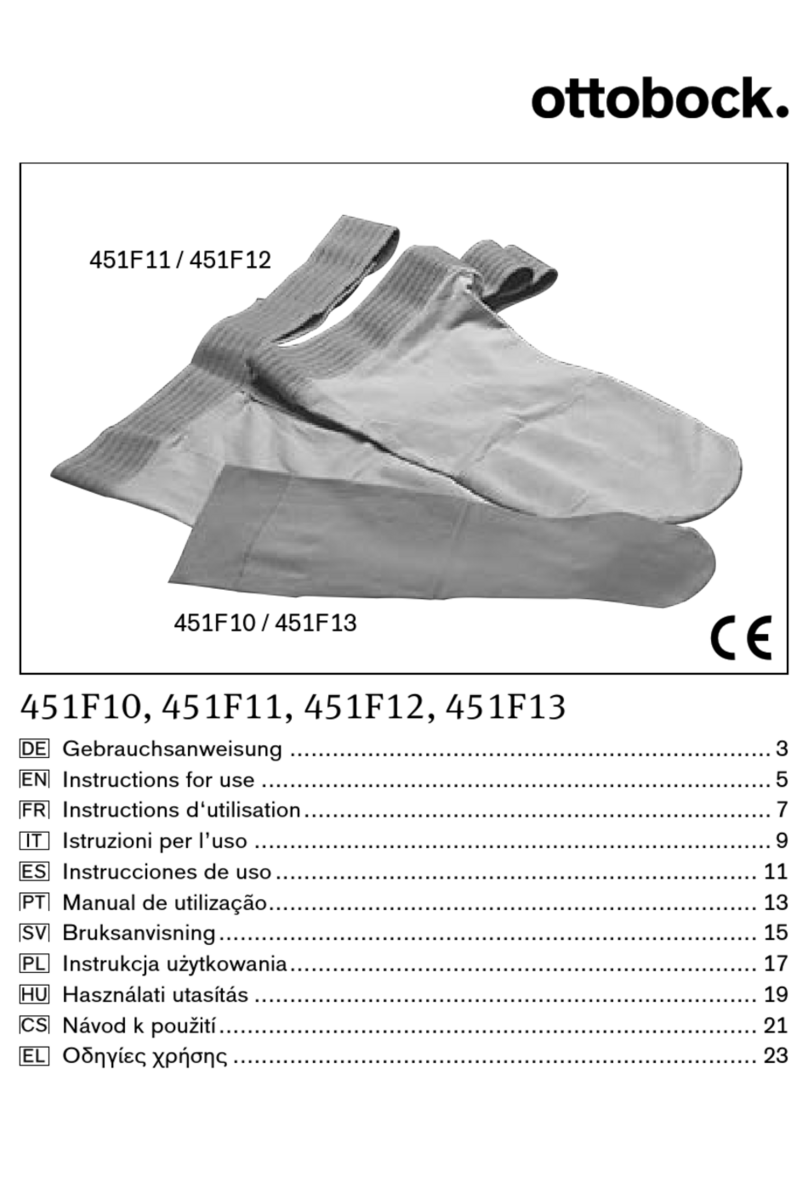
Otto Bock
Otto Bock 451F10 Instructions for use
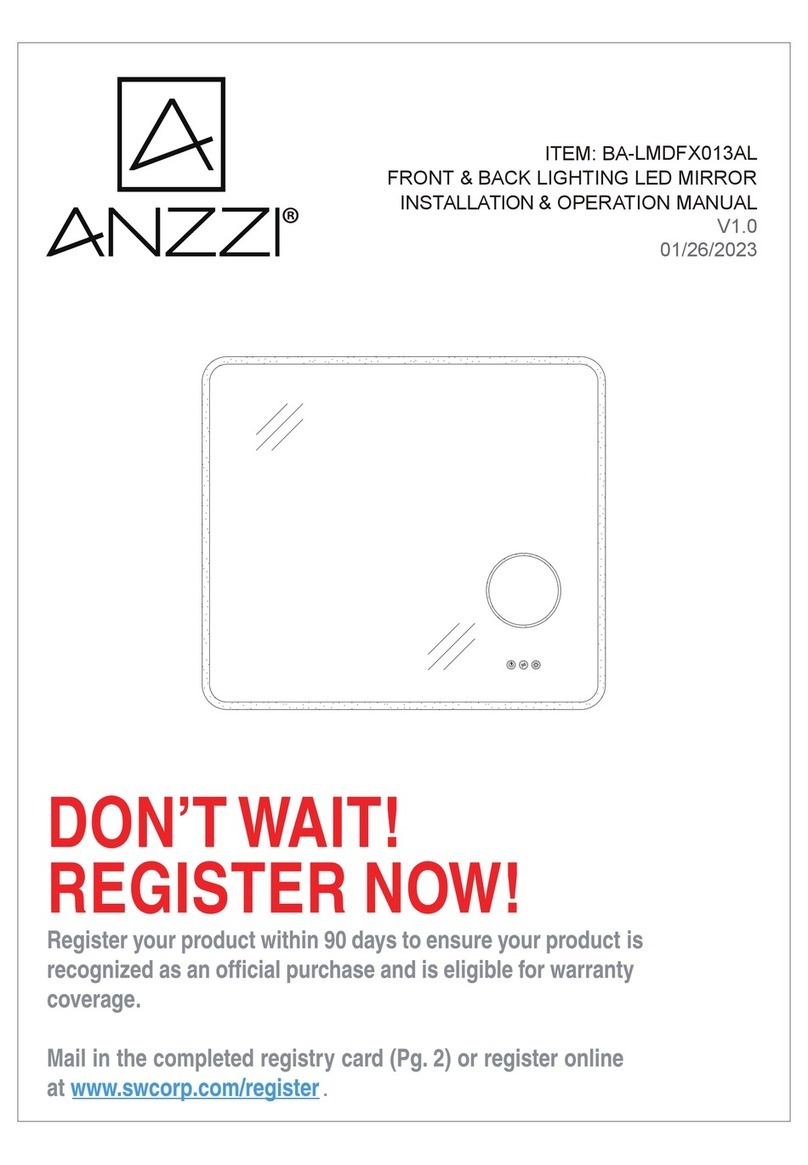
Anzzi
Anzzi BA-LMDFX013AL Installation & operation manual
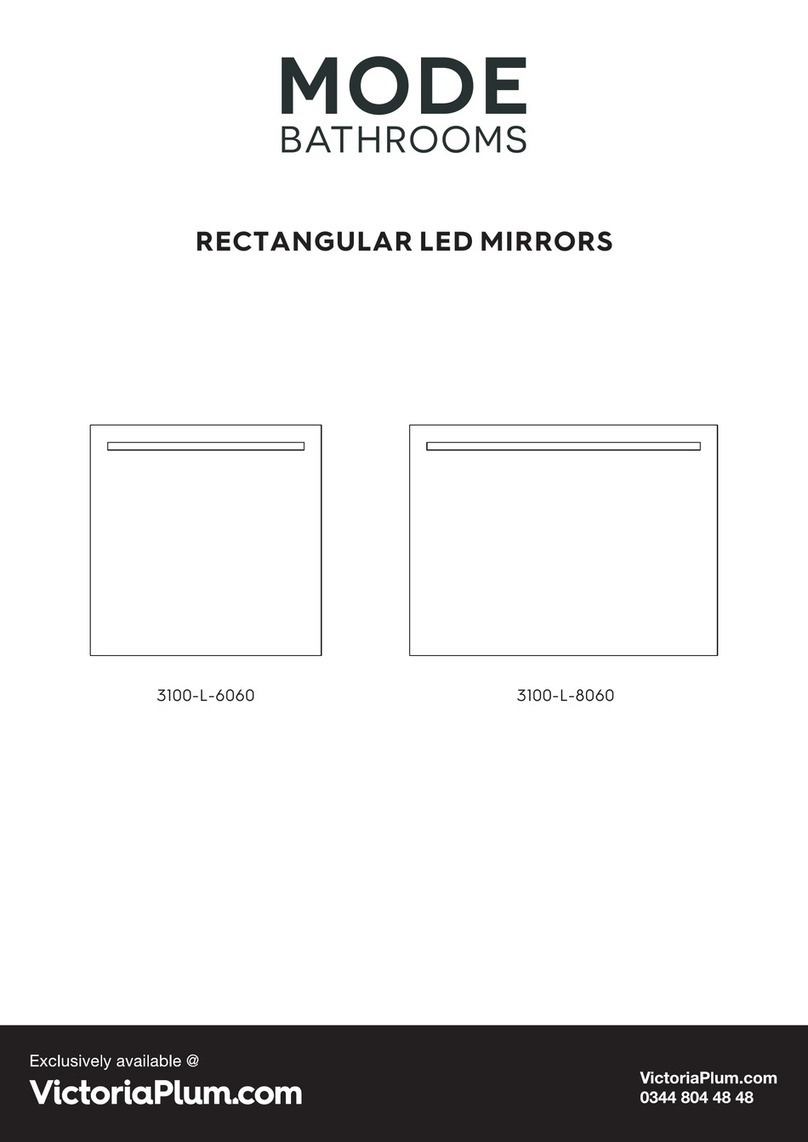
MODE
MODE 3100-L-6060 manual
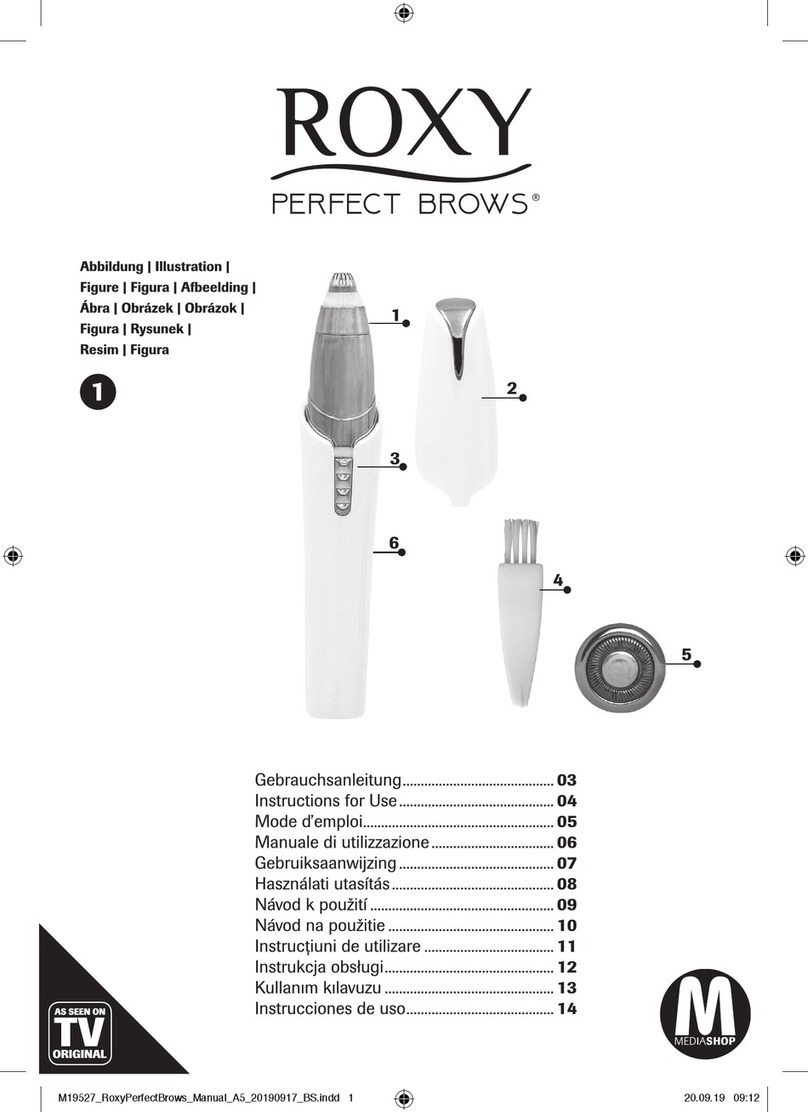
MediaShop
MediaShop Roxy Perfect Brows Instructions for use

ISO Preferred
ISO Preferred HI204 quick start guide
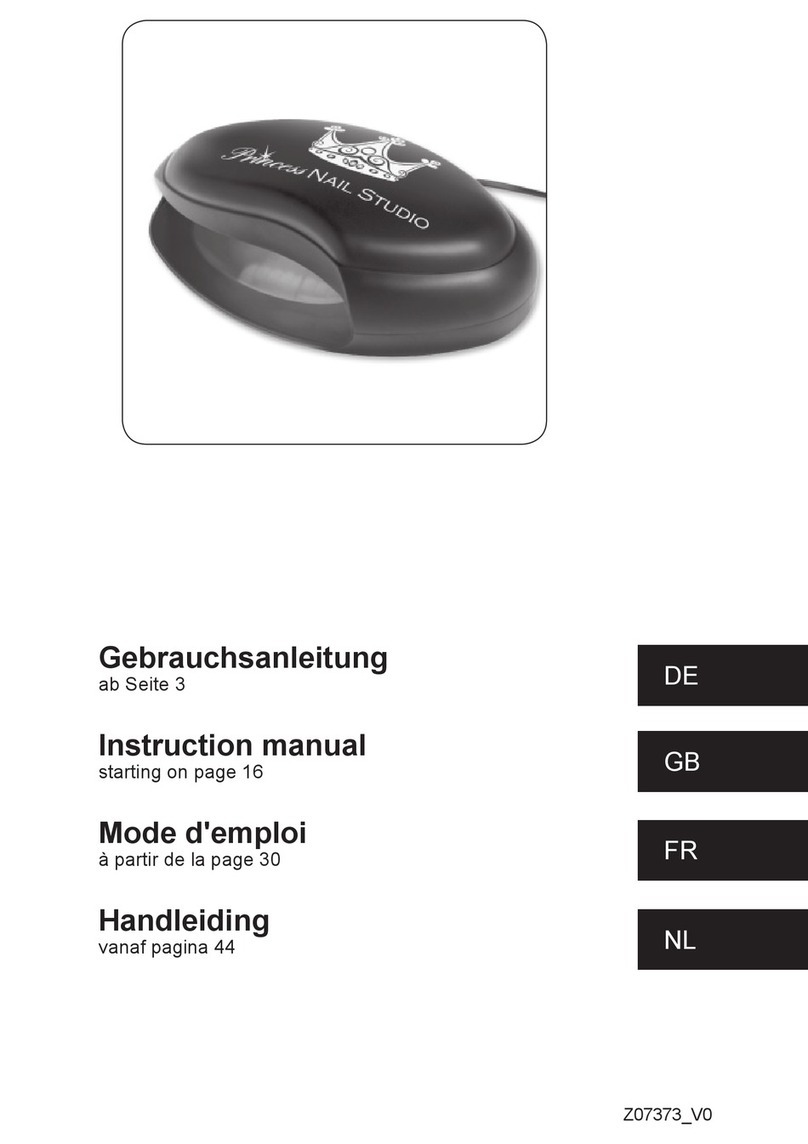
Princess Nail Studio
Princess Nail Studio NS225-2F86 instruction manual
